"Easy to learn is the biggest misconception about backstroke—common beginner mistakes to watch out for."
•4 min read
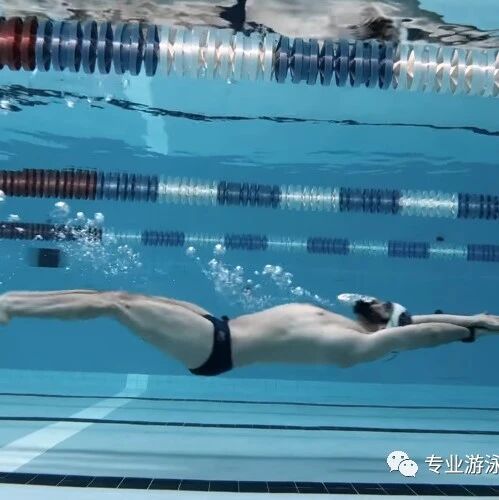
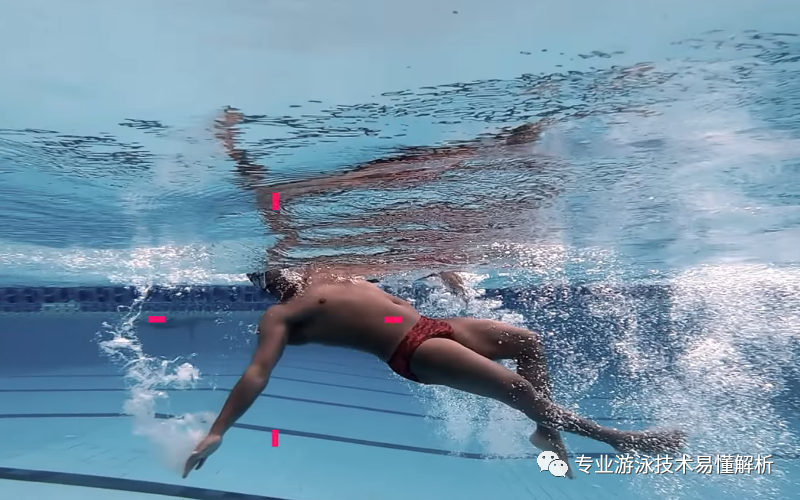
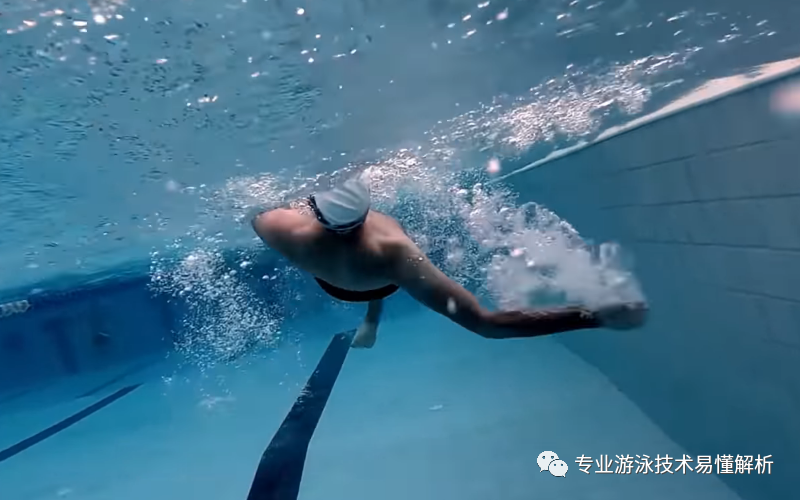
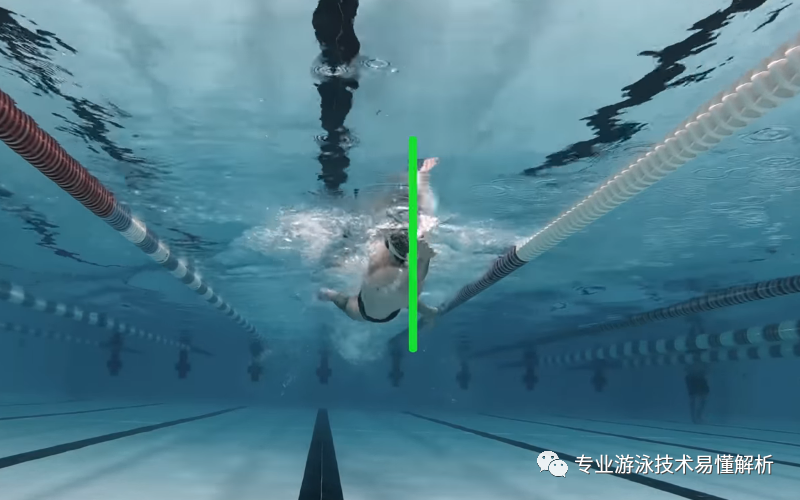
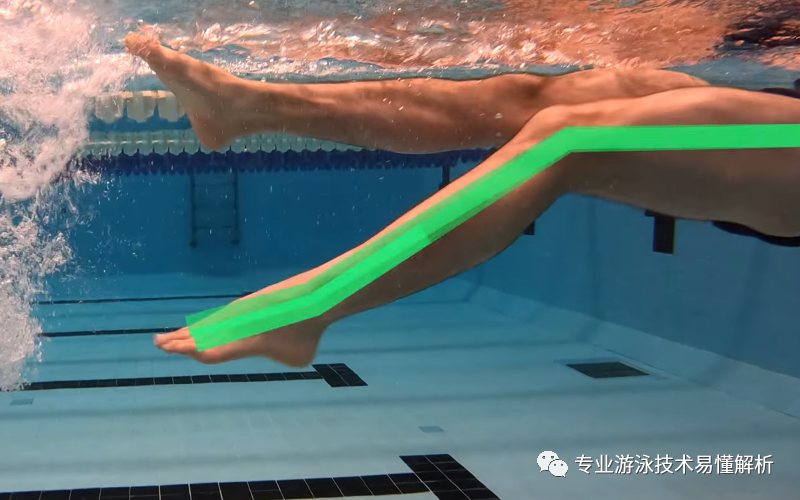
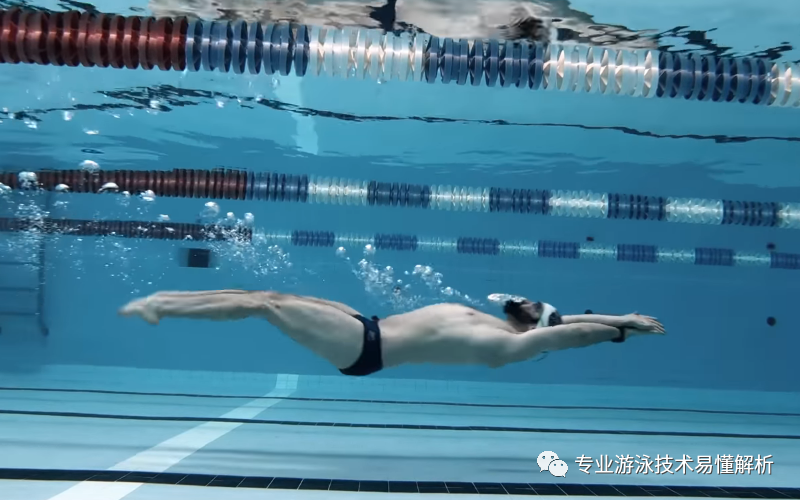
Related Articles
Swimming
How do you coordinate the freestyle swimming movements—should the arm stroke, leg kick, or body rotation come first?
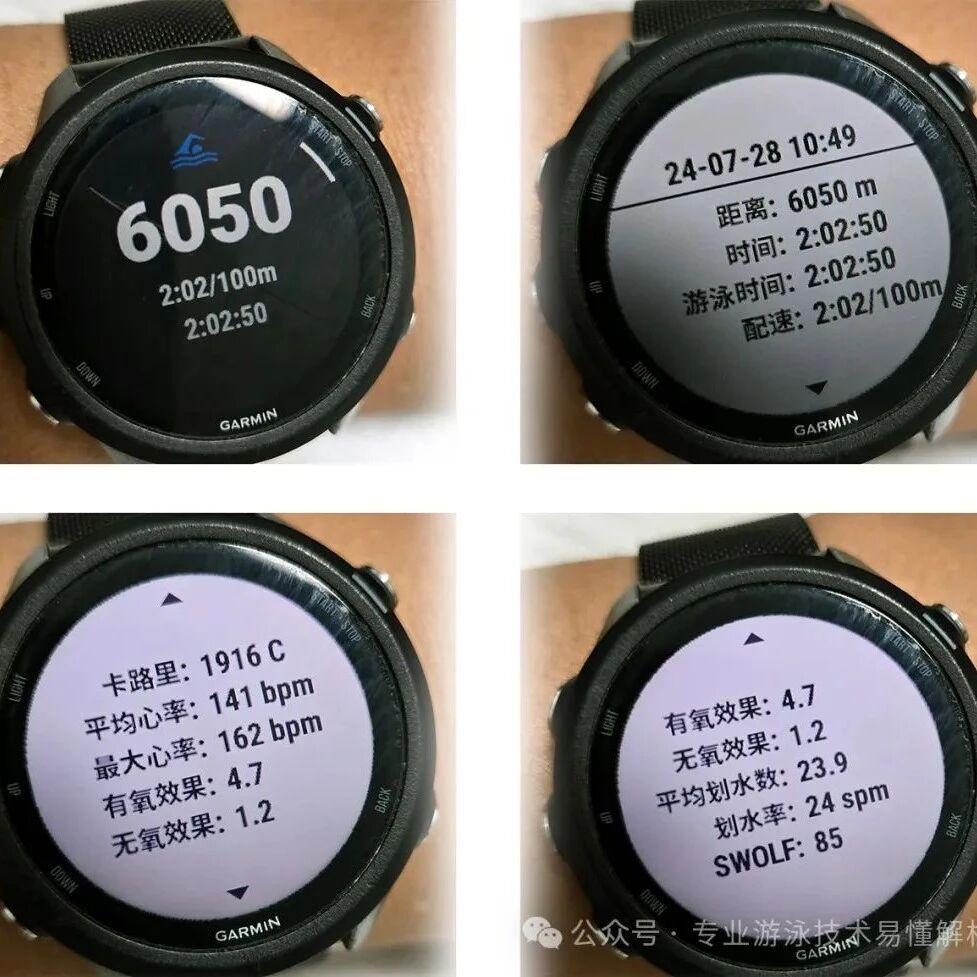
Swimming
Not just for swimming check-ins—learn to read your sports watch's swimming metrics.
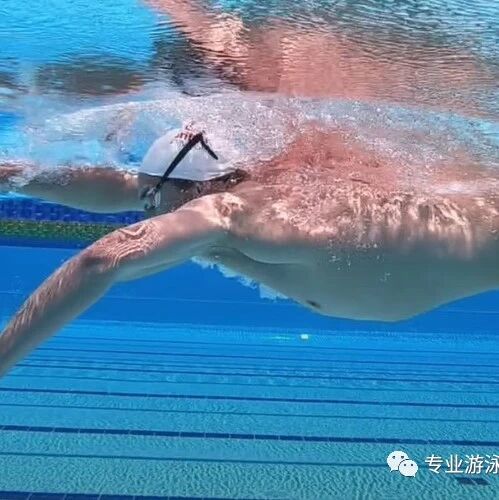
Swimming